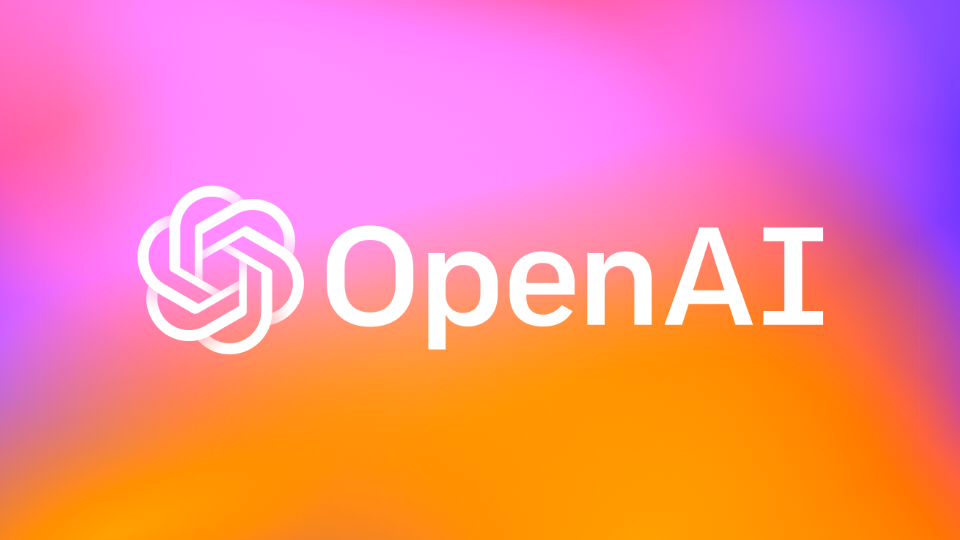OpenAI's $12B CoreWeave Bet: A Closed AI Economy?
OpenAI's massive investment in CoreWeave raises eyebrows and sparks debate about the future of AI accessibility. The tech world is buzzing after news broke of OpenAI's staggering $12 billion investment in CoreWeave, a cloud computing provider specializing in AI infrastructure. While the deal promises to significantly boost CoreWeave's capabilities and OpenAI's computational power, it also fuels concerns about the creation of a closed, less accessible AI ecosystem.
This unprecedented investment has ignited a fierce discussion about the implications for the broader AI landscape. Is this a strategic move to solidify OpenAI's dominance, or a necessary step to fuel the development of increasingly complex AI models? Let's delve deeper.
The CoreWeave Partnership: A Power Play?
CoreWeave's specialized infrastructure, built on Nvidia GPUs, is ideally suited for training and deploying large language models (LLMs) like GPT-4. This partnership provides OpenAI with:
- Unparalleled Computing Power: Access to immense computational resources crucial for training ever-larger and more sophisticated AI models.
- Enhanced Efficiency: CoreWeave's optimized infrastructure promises to reduce training times and costs, accelerating OpenAI's innovation.
- Scalability: The partnership offers the scalability necessary to handle the growing demand for OpenAI's services.
However, this seemingly beneficial partnership also raises significant concerns:
- Increased Dependence: OpenAI's heavy reliance on a single provider creates a potential bottleneck and vulnerability.
- Potential for Market Domination: The deal strengthens OpenAI's position, potentially stifling competition and hindering the development of open-source alternatives.
- Concerns about Data Privacy: The centralization of AI processing could raise concerns about data security and privacy, especially given the sensitive data these models process.
The Closed AI Economy Debate
The OpenAI-CoreWeave deal highlights the growing debate surrounding the future of AI accessibility. Some argue that such partnerships are necessary for pushing the boundaries of AI research and development. Others express apprehension about the potential for a closed ecosystem where access to cutting-edge AI technology is limited to a select few.
This concern extends beyond simply economic access. A closed AI economy could also limit:
- Innovation: Restricting access to powerful computing resources could hinder innovation by smaller companies and independent researchers.
- Diversity: A less accessible AI landscape might lead to less diverse perspectives and applications of AI technology.
- Ethical Considerations: Centralized control over AI development raises concerns about bias, accountability, and the potential for misuse.
What Does This Mean for the Future?
The long-term implications of OpenAI's investment in CoreWeave are yet to be fully understood. While it undoubtedly represents a significant step forward for OpenAI's ambitions, it also necessitates a critical examination of the potential downsides. The AI community, policymakers, and the public need to engage in a robust discussion about promoting open access to AI resources while ensuring responsible innovation and preventing the emergence of a potentially monopolistic AI landscape.
The future of AI hinges on striking a balance between fostering technological advancement and ensuring equitable access and ethical development. This massive investment serves as a stark reminder of the critical choices facing the industry and the need for proactive measures to mitigate potential risks. Only through open dialogue and thoughtful regulation can we harness the power of AI for the benefit of all.
Keywords: OpenAI, CoreWeave, AI investment, cloud computing, AI infrastructure, large language models (LLMs), GPT-4, closed AI economy, AI accessibility, AI ethics, data privacy, AI innovation, Nvidia GPUs, market dominance.

